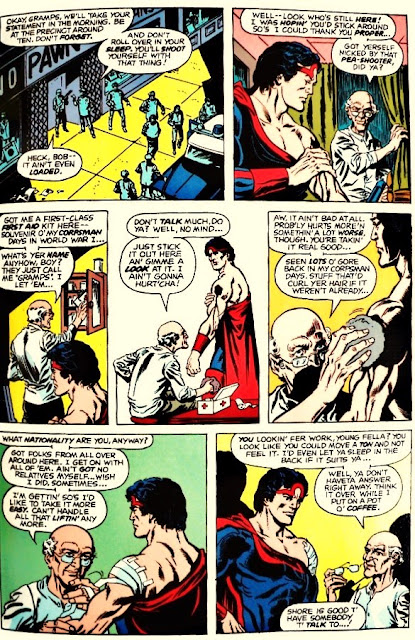In “The Yesterday Quest!”, the powerful twins decide to travel to Europe with Django Maximoff, an old man who claims to be their father. For some critics, “Nights of Wundagore!” (originally published in The Avengers # 186, August 1979) is a seminal story because it involves an evil side rarely seen on a character like Scarlet Witch, for others, this is merely the conceptual preamble of The Dark Phoenix saga. Either way, in future decades, writers will further exploit the flaws of Scarlet Witch, in some cases turning her into an unstoppable force responsible for the decimation of mutants (as seen in “House of M”).
The secret origin of Scarlet Witch and Quicksilver is revealed in a story plotted by Mark Gruenwald and Steven Grant, and scripted by David Michelinie; they are also responsible for “The Call of the Mountain Thing!” (The Avengers # 187, September 1979), in which the Avengers defend themselves against a Scarlet Witch possessed by a demonic creature known as Chthon.
It’s interesting to observe how this action-packed issues are perhaps some of the less rewarding ones in terms of characterization and narrative consistency. It’s possible that with so many voices acting at the same time (Gruenwald, Grant and Michelinie) the essence of the story was lost at some point. There are, however, a few interesting moments, like the tender encounter between Quicksilver and Bova, a creature with strong maternal instincts created by the High Evolutionary. John Byrne’s pages are surprising and delightful, and this time Dan Green does a very satisfactory job as an inker. This is also the first time we get to see an Avengers cover illustrated by Byrne, an honor that proves how the (back then) young artist was already rising to prominence.
 |
| Quicksilver needs help / Quicksilver necesita ayuda |
 |
| Scarlet Witch Versus The Avengers |
 |
| Wanda & Pietro Maximoff |
________________________________________________________________________________________________
________________________________________________________________________________________________
Scarlet Witch y Quicksilver son algunos de los personajes más enigmáticos creados por Stan Lee y Jack Kirby. Aparecieron por primera vez como villanos en las páginas de X-Men, y más tarde decidieron unirse a los Vengadores. En las primeras historias, eran simplemente huérfanos, pero con el tiempo, la importancia de encontrar la verdad sobre su linaje llegó a ser de suma importancia.
 |
| Pietro Maximoff & Crystal |
 |
| Thor |
 |
| Clint Barton ca't pay the rent / A Clint Barton no puede pagar el alquiler |
 |
| Hawkeye looking at a Playboy magazine / Hawkeye mira una revista Playboy |
 |
| The Avengers |
 |
| Grey Gargoyle |
































